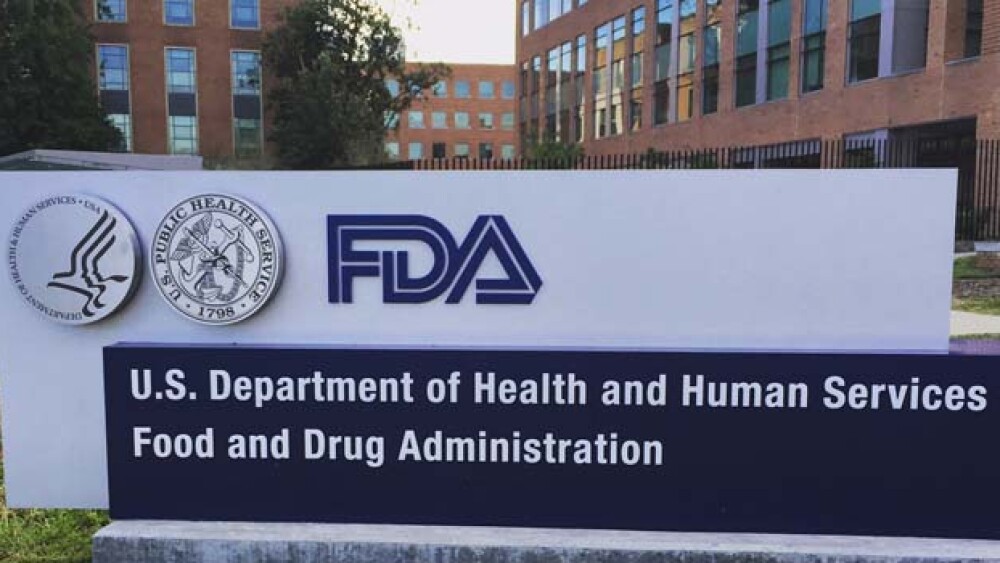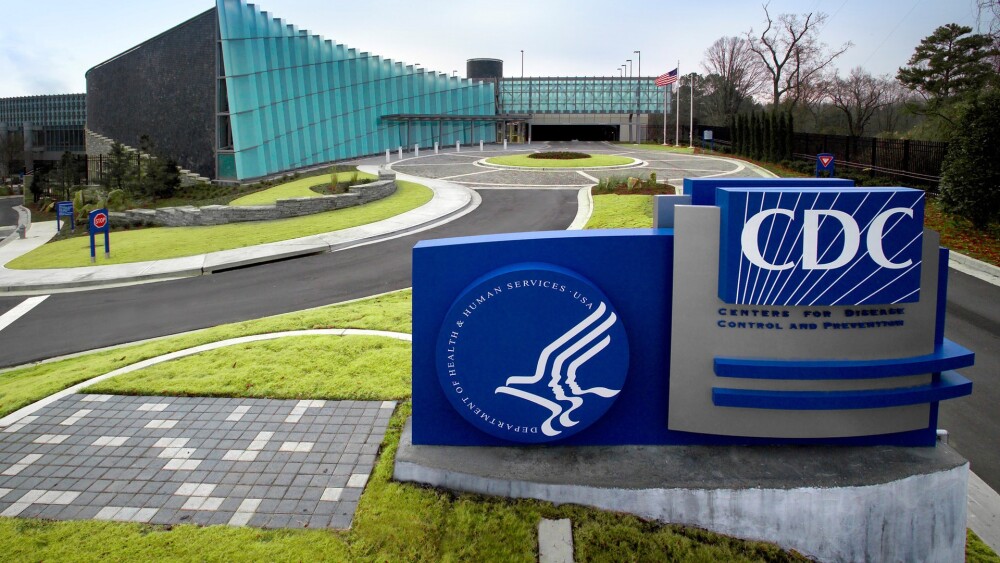Yesterday, the Endocrinologic and Metabolic Drugs Advisory Committee had a split vote, 8 to 8, on whether the overall benefits of Zynquista (sotagliflozin) outweiged the risk in order to support approval. This sends things back to the agency to make a final decision, which has a target action date of March 22, 2019.
When one of the U.S. Food and Drug Administration (FDA)’s advisory committees makes a recommendation, the agency is not required to follow it, but usually does. Yesterday, the Endocrinologic and Metabolic Drugs Advisory Committee had a split vote, 8 to 8, on whether the overall benefits of Zynquista (sotagliflozin) outweighed the risk in order to support approval. This sends things back to the agency to make a final decision, which has a target action date of March 22, 2019.
Zynquista is being developed by Sanofi and Lexicon Pharmaceuticals as an adjunct to insulin to treat adults with type 1 diabetes (T1D). It is an oral dual SGLT1 and SGLT2 inhibitor. What makes it of particular interest to the diabetes community is that if it were approved, it would be the first antidiabetes medication approved in the U.S. with insulin therapy that can be taken orally.
“We believe in the overall benefit-risk profile of sotagliflozin for adults with type 1 diabetes who lack adequate glycemic control using insulin alone,” stated Rachele Berria, Sanofi’s Global Vice President and Head of Diabetes Medical Affairs. “We will continue to work with the FDA through its review process to hopefully bring to patients a new treatment that can help people living with type 1 diabetes control their blood sugar and address some of the challenges of insulin-only therapy.”
Insulin is used to treat T1D, but side effects include low blood sugar (hypoglycemia) and weight gain. Sotagliflozin was tested in two doses and could help manage and maintain blood sugar levels with a lower risk of hypoglycemia.
The primary risk the panel cited were risks of diabetic ketoacidosis (DKA). This is a life-threatening condition where ketones, which are a type of acid, accumulate when the body starts using fat instead of glucose as an energy source.
“I was not convinced it was a reasonable trade-off,” stated panel member Martha Nason, Reuters reported. Nason is a mathematical statistician with the Biostatistics Research Branch of the National Institute of Allergy and Infectious Diseases (NIAID), part of the National Institutes of Health (NIH).
Sanofi and Lexicon proposed a risk evaluation and mitigation strategy (REMS) that includes educating patients and doctors, and that would require patients regularly test their ketone levels.
There are about 1.3 million adults with type 1 diabetes in the U.S. Not all of them would be eligible for sotagliflozin.
“It is for those patients who are truly committed in their self care and willing to follow the basic steps of monitoring,” said Berria, reports Reuters.
The drug isn’t intended for newly diagnosed patients, who are usually children and young adults.
Rebecca Brown, a panel member who voted for approval, told Reuters, “The task going forward will be to have a REMS strategy that will effectively select and maintain the patients and providers who can use this drug in the safest way possible.” Brown is a Lasker Tenure Track Investigator and acting section chief on the Section on Translational Diabetes and Metabolic Syndromes, Diabetes, Endocrinology, and Obesity Branch with the National Institute of Diabetes and Digestive and Kidney Diseases (NIDDKD) at NIH.
The drug application was based on three clinical trials involving more than 3,000 individuals. Of the patients receiving the drug, there were 56 cases of diabetic ketoacidosis (out of 1,748 patients), or 3.2 percent. In patients receiving the placebo, there were 5 cases out of 1,229 patients, or 0.4 percent.





